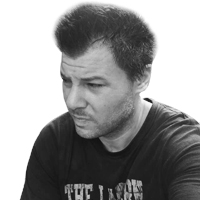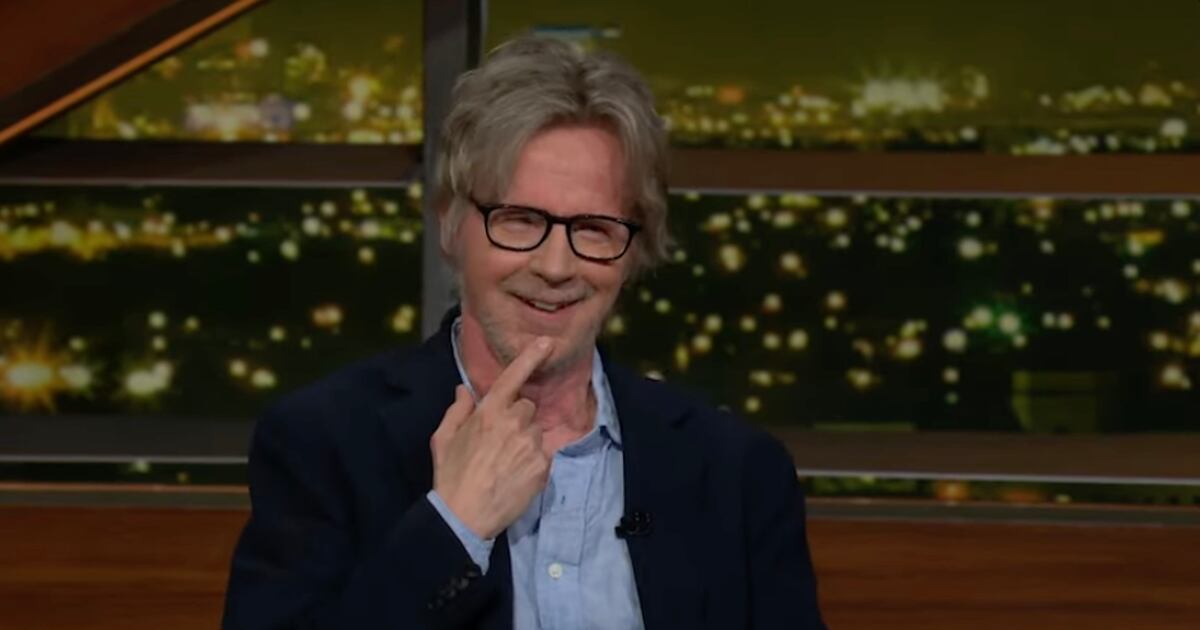There are gigs that are storied for the music that was played at them and there are gigs that are storied for their stories. And sometimes there are shows that are storied for both.
We may look back on an artist’s gigography and think, “Wow, I would have done anything to be there for that.” If the show is of a recent vintage, or by such a well-documented act as the Grateful Dead, chances are there’s a recording we can listen to. But if we’re talking about Robert Johnson playing at a neighbor’s backyard fish fry, we’re out of luck and left to dream.
Almost always, that is. For there are rare occasions where we’re presented with a gift that seems not only too good to be true, but as if there’s no way the gift could even exist so that we might receive it. These are the gifts that make for the moments when a music lover feels blessed.
Reading through the history of Beatles shows, one learns that most are similar. During the fame years, the set lists didn’t change much, save from year to year. What the Beatles played one night in summer 1964 was what the next legion of screaming teens and pre-teens heard in the following town.
We may read about tantalizing concerts from the 1964 U.K. fall tour—when the Beatles undertook “I Should Have Known Better” and “I’m Happy Just to Dance with You” for the only time on stage—and the 1965 U.K. winter tour—which featured their only live performances of “We Can Work It Out”—but no doughty tapes have stepped forward to say, “I exist, hear me!”
There is a show from right around the time the Beatles were becoming massive—in England, that is—which has no doubt fired the imagination of anyone who has ever learned of it, given how much it stands out. For on April 4, 1963, the Beatles played not for those aforesaid screaming gaggles, but rather the well-to-do boys and their masters of Stowe School in Buckinghamshire.
This was odd. There is no other show like it in Beatles history. The idea of the show itself is surreal and having learned about the gig, one was bound to be incredulous. But what an idea—public school kids in their seats, listening to the Beatles as they made their ascent, with Please Please Me having come out the month before. “She Loves You” is months away. Only two singles had been released: “Love Me Do” and “Please Please Me.” The third—“From Me to You”—would be out in a week. No doubt some of the Stowe boys—and maybe a couple of their cooler teachers—would soon take themselves to the shops to land their copy.
That meant that the band’s concert repertoire consisted of those two singles and first-album cuts, plus whatever else they chose to cover during this changing, fascinating interregnum period in one regard, and the full-stop arrival of brilliant rock and roll songwriters in another.
We’re talking about as pure a time-machine gig—which ought to be a term—as any. Learning about the show was to want to be able to travel back in time and go to the show, which was first put in motion by one of Stowe’s students, the Liverpool-born David Moores. If anyone should have thought they had a handle on how special the Beatles were, it was a teenager from the band’s hometown.
Moores had the good sense to start at the top by writing Beatles manager Brian Epstein and ask if there was any way his own “boys,” as Epstein liked to refer to the band, could rock Stowe to the rafters, or however he put it.
Were this approach ever going to work on someone, it would have been Epstein, who was no stranger to posh settings, and, more importantly, appreciated a well-crafted epistle. Plus, Moores’ family—like Epstein’s—were movers and shakers in the Liverpool retail business.
Dutifully impressed, Epstein agreed. In the interim, the Beatles kept getting bigger and could have canceled, but Epstein wasn’t one to renege on a commitment. What we now may look back on as the least likely of all Beatles shows remained a fixed date on the calendar of the band’s annus mirabilis.
You could say that the Beatles had a knack for posterity. On the very day when John Lennon and Paul McCartney met in July 1957, someone was on hand with a tape recorder to capture some of the music Lennon made with his rag-tag skiffle unit. What are the chances? You had to work to record something back then. And what are the chances that Moores’ fellow student, a 15-year-old home recording enthusiast named John Bloomfield, would have the historical presence of mind to record the Beatles at Stowe?
Moores and Bloomfield were trailblazers of taste. Speaking to the BBC, Bloomfield said, “No one knew who the Beatles were at this school.”
These two did, though. Shades of that cool, mysterious kid in high school who listened to Doors and Velvet Underground bootlegs. Better still, the talented early Beatles photographer Dezo Hoffmann was also brought along to take shots of the event in his special fashion.
Remarkably—but also as befitting them—the Beatles were primed to impress. They were a band who won you over, whether you were a drunken sailor in Hamburg, a shy secretary on her lunch break at the Cavern, or ostensibly the whole of America on The Ed Sullivan Show. Why should the boys of Stowe have been any different?
“I would say I grew up at that very instant,” Bloomfield remembers. (Post-concert, he showed the Beatles his dorm room, which has to be one of the sweetest off-the-duff details of the Beatles’ story.) “It sounds like a bit of an exaggeration, but I realized this was something from a different planet.”
And so this unlikely guardian angel of music history made his tape, which then sat on a shelf for six decades, before Bloomfield decided the world, in some fashion or other, ought to know what went down on that spring afternoon.
When anything gets that far, it’ll eventually become accessible. The Stowe tape may never garner an official release. Plenty of stunning musical documents never do, and those by the Beatles could fill an annex to the official canon. But to paraphrase the Beatles when they escape from the TV studio in Richard Lester’s 1964 film A Hard Day’s Night: It’s out! And now that it’s out, the tape will always be with us.
No matter how seasoned a Beatles listener is, they wouldn’t be prepared for what the tape contains. For starters, the Beatles played for an hour that day. We expect a Beatles gig to be a half-hour or less, but they went all out for the Stowe boys. The set list is a straight-up revelation. You can believe you know the Beatles, you can believe you know what they would have featured on that unique day, but you still wouldn’t have banked on what they did play.
There are two Arthur Alexander covers in “Anna (Go to Him)” and “A Shot of Rhythm and Blues.” Think about the inclusion of the second number in particular for a second—come this time the next year, the Beatles would have already played The Ed Sullivan Show and were shooting A Hard Day’s Night, and yet here they are, rhythm and blues merchants in love with their considerable record collections.
These guys were the best R’n’B band that England ever produced, though they morphed so frequently in their evolution that it was as if the Beatles were in the business of discarding skins as much as they were exploding into new forms—and newly invented forms—of music. They absorbed Black music, though, and it fairly radiated out of them.
The show features that take-you-by-the-shoulders energy that would mark “She Loves You,” A Hard Day’s Night, “A Day in the Life,” “Hey Jude,” the long medley on Abbey Road. As a musical document—an artistic achievement—the Stowe merits that rarefied shelf.
You need it because it codifies Beatles-esque vitality, and as a life experience, hearing this tape is on the level of those more famous pieces of work. What likely smacked of the quotidian to them—though with a novel twist—is nonetheless a nearly-divine day out, reified by the raw crunch and stomping grandeur of a dream set list, by a dream band, at a dream gig. It was all real then, and if anything, it resonates as more real now.







